Heroin is one of the most notorious drugs in the world, but it has been around for just over a century. It was first mass-produced in the late 1890s. Originally, it was sold over the counter, but in time, it’s gone from a medical preparation to an illicit and recreationally used drug. It’s known for the initial euphoria it provides for users, often quickly followed by dependence.
Originally synthesized from morphine, once it’s metabolized, heroin actually becomes morphine in the bloodstream. Measuring these traces is how authorities are able to estimate how much heroin someone has used.
Heroin is a synthetic opioid that was designed, at least in part, with the idea of replacing other drugs that had become problematic. The hope was that heroin was less addictive than substances like morphine and codeine. Morphine dependency was a huge problem in the late 1800s, particularly among veterans of the Civil War in the United States. It was also a component of laudanum, a substance that many people took for pain management. Substance use disorder was as much a part of the landscape then as it is now; it just took a slightly different form.
Unfortunately, heroin wasn’t the silver bullet the medical establishment was hoping for when it came to dependency. At one point, organizations sent samples of heroin to people addicted to morphine, hoping to wean them from a dangerous substance to a safe one. However, it soon became clear that patients quickly developed a tolerance for heroin. In addition, the drug felt so good that people wanted to use it when they didn’t medically need it. By 1910, New York’s famous Bellevue Hospital was treating patients for heroin addiction.
Ways to Administer Heroin
Traditionally, most people today think about heroin as an injectable. This is the way it’s been most often depicted in popular media like movies and music. Injectable heroin has been a problem since its development. For example, many veterans of the Civil War became dependent on morphine that they started using while wounded. Early on, no one knew that heroin had the same kind of potential. Doctors eagerly observed its effects on the respiratory system. They hoped it would be useful in the fight against diseases like tuberculosis. Heroin was actually marketed as a liquid cough medication at first. The manufacturer Bayer produced it in this form from the late 1800s until the 1910s. By that point, manufacturers had seen the downside of heroin, and many shifted focus to codeine as an alternative.
There are other ways that heroin is used, too. Smoking it is one common way of taking it. In many places, this is known as “chasing the dragon.” The way that heroin is typically smoked has evolved with time. Originally, heroin was first smoked in China. The people using it smoked it with porcelain bowls and tubes made from bamboo. In the U.S., the most common way heroin is smoked is with foil. The user puts a lighter, candle or another flame beneath a sheet or tray of foil. Then, they inhale the smoke as it rises from the surface. This can be a dangerous process.
Snorting is another way of consuming heroin. There are users who believe that this is a safer way of taking heroin. In some ways, that’s true. Injecting with dirty needles can spread infections. Mainlining is dangerous due to the intensity of the dose, and the chances of injecting incorrectly increase the risk. If someone hits an artery rather than a vein, it can cause real problems. Liquid heroin also often has impurities, so there are all sorts of risks when it comes to someone putting a syringe full of heroin into their body.
Smoking heroin has its own risks as well. In some ways, it’s more dangerous than injecting, because, in addition to all the standard effects of heroin, it can cause fibrosis in the lungs. It is possible to overdose on heroin by smoking. This can even be fatal. There’s also the issue of the flame; one common effect of heroin use is “nodding out.” It’s possible that someone passed out on heroin could knock over a candle and start a fire. While snorting doesn’t have this risk, it does include other serious dangers.
The Problems Caused by Snorting Heroin
Snorting heroin does not offer any real level of protection from the effects of the drug. Heroin is still heroin, even if it takes longer to reach the bloodstream when it’s being snorted. For one thing, it’s still possible to fatally overdose on heroin by snorting it. However, researchers do believe that snorting and smoking may pose a less severe risk of overdose than injection because it’s less direct. In people who snort, there is usually a lower level of morphine detected in the bloodstream. The dosage delivered to users is likely smaller, but there’s really no safe level of heroin.
When people snort heroin, the drug takes longer to hit the bloodstream. Users who start by snorting may find that they desire to move on to a quicker high as they become more tolerant of heroin. This can be a sign that someone is becoming dependent on heroin. It also demonstrates that starting off by snorting doesn’t protect against the development of substance use disorder. It may just add some time to the timeline. There are also a few problems unique to using snorting as a delivery method for heroin, including a variety of painful and troubling nasal complaints.
Snorting Drugs and Physical Damage
Heroin isn’t the only drug that people snort. People have also been known to snort cocaine and methamphetamine. Even some nasal sprays can eventually cause damage to the inside of the nose. Occasionally, people will crush a medication like Sudafed and snort that. Typically, when people snort a drug, the blood vessels in the nose become narrower. That may sound innocuous, but it can limit the blood supply to that area.
Nasal issues can be painful. They include infections local to that area. Over time, the tissue involved can start to break down. The septum separates the two parts of the nose and gives it what structural rigidity it has. Made largely of cartilage and bone, the septum can become perforated due to contact with snorted drugs. This can lead to scabs, crustiness, and wheezy or hissing noises in the nose. Perforated septums are serious issues that don’t just heal with time. Usually, it takes surgery to fix them.
With continued use of drugs by snorting, external portions of the nose can start to break down, too. Some people have had the walls or even bridge of their noses collapse due to snorting drugs. One notable example of this can be seen with the late Tara Parker-Tomkinson. Tara Parker-Tomkinson, Prince Charles’ goddaughter, appeared on British game shows and in celebrity publications. People liked her and found her funny, but even those kinds of gifts and connections couldn’t insulate her from problems related to drug use.
Know When to Get Help
One basic truth is that snorting drugs will irritate the nose. The inside of the nose is full of easily irritated mucous membranes. It’s a sensitive area and a thin-skinned one. The nasal passages are designed for breathing, not for taking in granules of any substance. Anything that rubs up against the inside of the nose with any kind of frequency starts to irritate the sensitive structures there.
Once someone is snorting drugs, things will start to go wrong with the nose tissues. There are many different signs that this is starting to happen, and many of them are quite obvious. Symptoms of nasal damage from drug use include changes to breathing. For example, if the nose starts to make a whistling noise, that’s a bad sign. It can mean that something inside the nose is breaking down. Other symptoms of damage can include sinus infections. People who snort heroin may also experience an increase in nosebleeds.
Snorting heroin can also be damaging to the sense of smell. People who snort drugs need to be attentive to these signs. They’re indicators that something has gone wrong in one of the key sensory areas of the body. The nose is key in breathing and as a warning system. That may sound silly, but it’s true that people who can’t smell properly aren’t alerted to hazards like gas leaks and spoiled foods. It’s important to keep the nose in the best possible shape, and snorting drugs like heroin just makes that impossible.
Things That Aren’t Heroin
One of the most serious problems with street drugs is that they aren’t always what they claim to be. Usually, they’ve been cut with something. Sometimes, that’s a harmless substance like sugar, baby formula or powdered milk. At other times, heroin has been adulterated with other drugs, like fentanyl, that can make it fatal. Sometimes, heroin is laced with things that aren’t fatal but are still damaging. One example of this is rizzy powder, a chemical dye. Another is rat poison. Adulterants like these add to the risks of using heroin whether that’s done by snorting, injecting or smoking.
Getting Help
No matter where someone is in their journey with heroin, we believe it’s possible to get help. At Granite Recovery Centers, we want to help people be well. We also know that there’s not just one roadmap to that recovery. Sometimes, heroin users really benefit from medication-assisted treatment programs. Methadone and suboxone have helped thousands of people who struggle with substance use disorder. In addition, traditional 12-step meetings have helped innumerable people overcome addiction.
At Granite Recovery Centers, the focus is on helping the individual. People come to us from a variety of backgrounds that influenced their dependency. It makes sense that a variety of approaches to overcoming substance use disorder also need to be available to our clients. For some people like first responders, the job can bring additional stress and access to substances into their lives. For this reason, we offer a program tailored to treating uniformed professionals.
We also have a program designed with women in mind. Women have a variety of life experiences, but they share some of the same traumas. Our program provides them with a safe space where they can discuss and explore these issues.
If you or a loved one is struggling with heroin addiction, please call us today. You can stop relying on drugs, and we can help give you the tools to do so. You deserve a sober and healthy life, so take the first step of seeking help to beat your addiction.

















